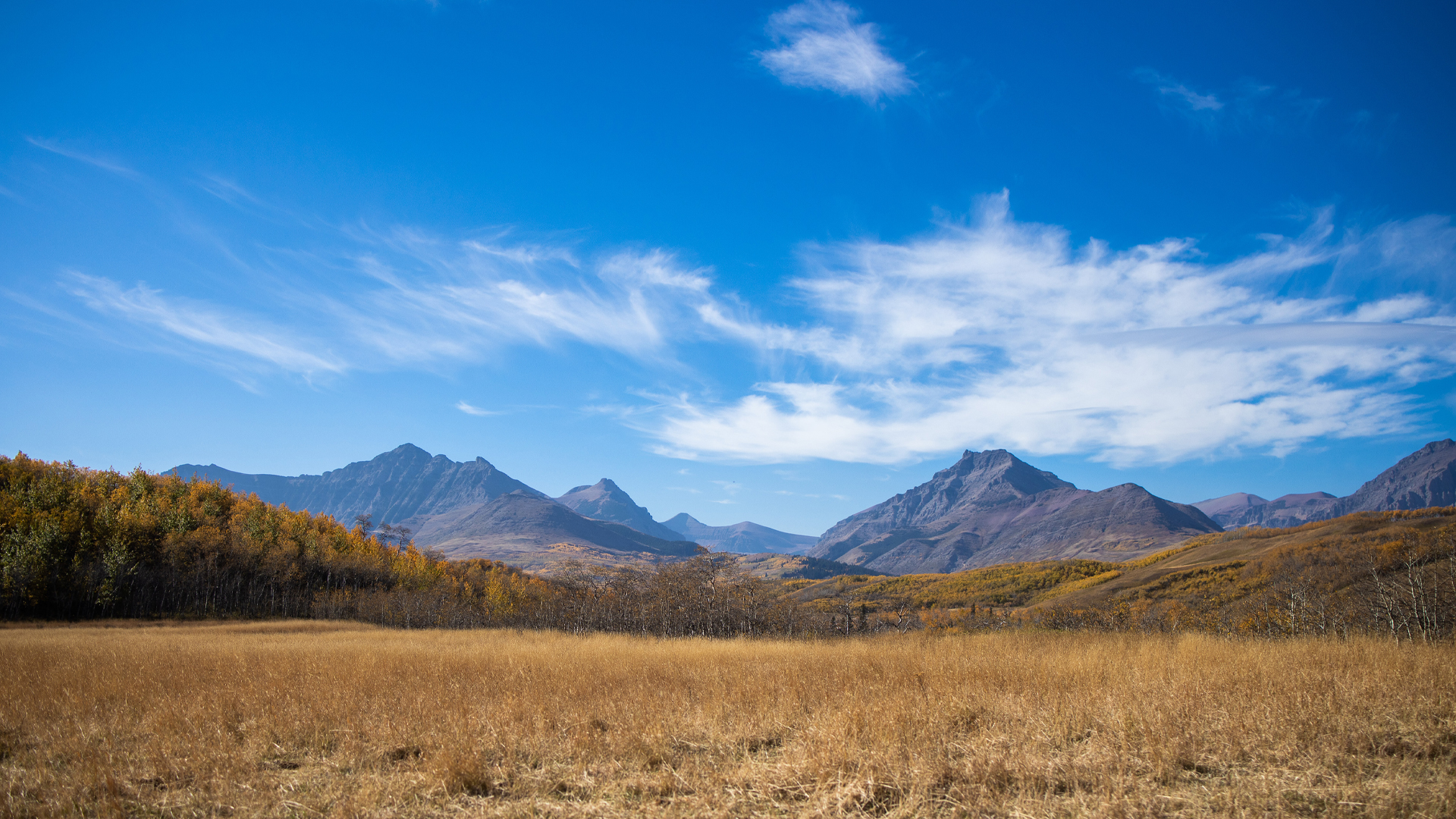
(Version française disponible ici)
In December 2022, decision-makers from around the world came together to draft and adopt a global plan to protect and restore nature. The resulting Kunming-Montreal Global Biodiversity Framework (GBF) leaves us with some key decisions to make. Will this agreement become a catalyst for positive change or, as we have seen previously, will it be neglected and forgotten?
More than a decade ago, in 2010, governments around the world adopted similar targets. However, none had been achieved by the 2020 deadline. Meanwhile, grasslands have continued to wither, wetlands have shrunk and support for conservation measures has failed to keep up with the growing need for more action. This time, there is an opportunity to do things differently.
Degradation of habitats, and the species that depend on them, has many negative impacts on essential aspects of human life, including the crops we eat, the water we drink and the air we breathe. Just as the loss of nature affects all of us, so, too, does its recovery. To help ensure targets are met this time – most notably, to conserve 30 per cent of Canada’s land and water by 2030 – all of society must work together for our natural world.
Collaborative efforts have already demonstrated positive results. In January 2023, the Nature Conservancy of Canada (NCC) brokered an agreement that included Interfor Corp. and the province of British Columbia. As a result, 75,000 hectares of rare inland temperate rainforest in the Incomappleux Valley is now protected. NCC played a key role by raising $4 million to facilitate the establishment of the conservancy and additional land protection. Funds were provided by Environment and Climate Change Canada through the Canada Nature Fund, as well as by Teck Resources Limited, the Wyss Foundation, the Wilburforce Foundation and individual donors.
This monumental achievement to support the protection of a unique natural habitat happened thanks to trust and collaboration across sectors.
The Incomappleux conservation agreement marks the latest in a series of conservation gains in Canada over the past year. Others include the Boreal Wildlands (Ontario), the largest private land conservation project in Canadian history; Kenauk (Quebec), which will host an open-air lab devoted to studying the impact of climate change; The Yarrow (Alberta), where sustainable ranching supports conservation; and Kwesawe’k (Oulton’s Island), an island off the north shore of P.E.I., which will eventually be transferred to the Epekwitnewaq Mi’kmaq.
In each of these projects, NCC brought scientific expertise, innovative negotiations, relationship-building and funding together with governments, industry and Indigenous communities to achieve impactful solutions. To illustrate their significance, these achievements together protect a combined area nearly five times the size of the island of Montreal.
More still needs to be done
Further collaborative efforts are needed if the objective of protecting 30 per cent of Canadian land and water is to be reached. That begins by acknowledging that 30 per cent is not an arbitrary figure. Scientists have established this as the minimum required to support the variety of life on Earth and to protect the natural systems that sustain us. NCC has its own plan to double its impact by 2030, but that requires additional agreements reached in a spirit of collaboration.
By contrast, just under 14 per cent of Canada’s land – less than half what experts say is necessary – is currently protected by conservation measures. To more than double our conservation footprint, significant efforts and contributions will be required from across all sectors. Governments alone cannot reach these critical targets.
Indigenous stewardship is the key to global conservation goals
Unlocking conservation solutions is achievable. Governments, industry and private landowners can establish new, effective, area-based conservation measures. With sufficient resources, Indigenous communities which have cared for these lands for millennia, can and are creating Indigenous-protected and Indigenous-conserved areas.
Timber and other resource companies can be incentivized to participate in solutions, such as relinquishing tenures. The options for conservation in Canada are numerous and varied, and each option needs to be explored. They must be pursued by land managers across the private sector and supported by governments, along with appropriate funding. Most importantly, they must be used equitably, with respect and inclusion. As we have already shown, this whole-of-society approach can successfully maintain, enhance and restore precious ecosystems.











